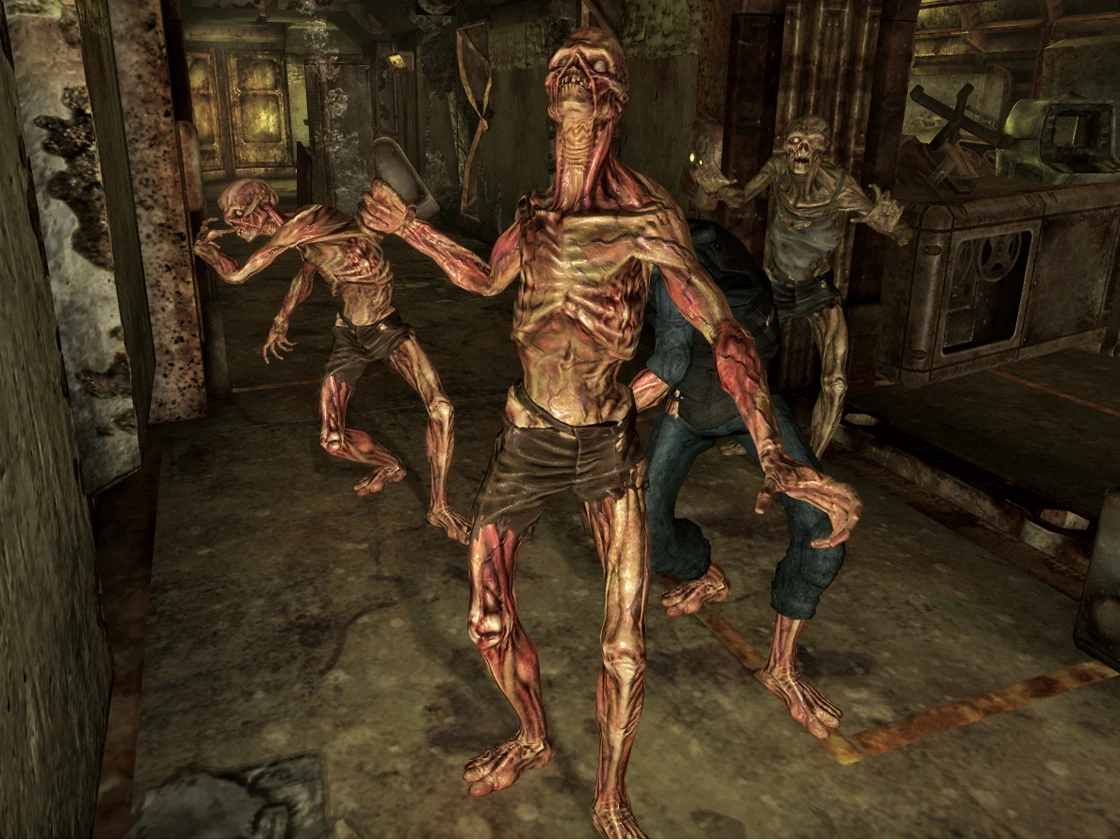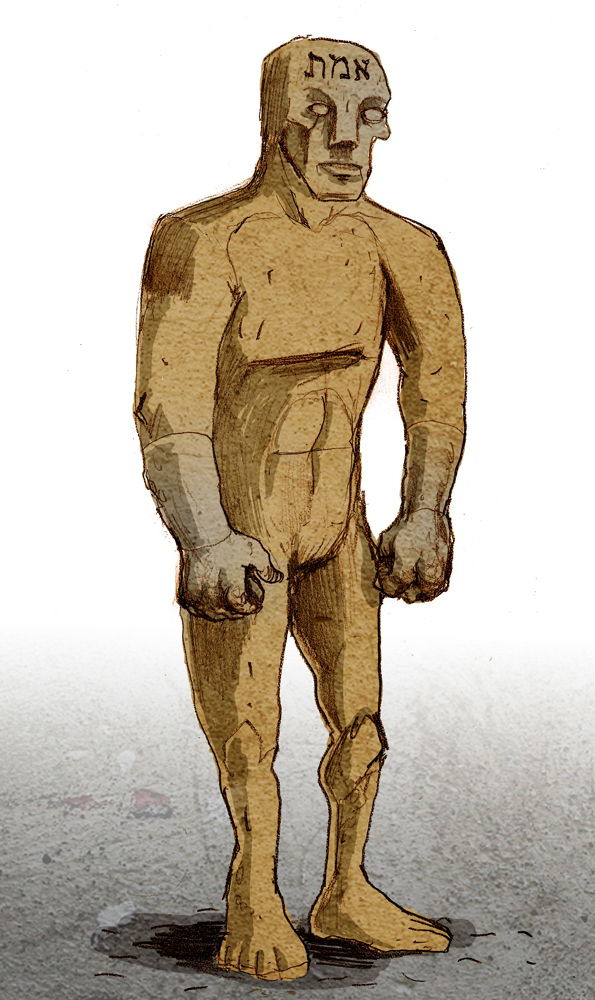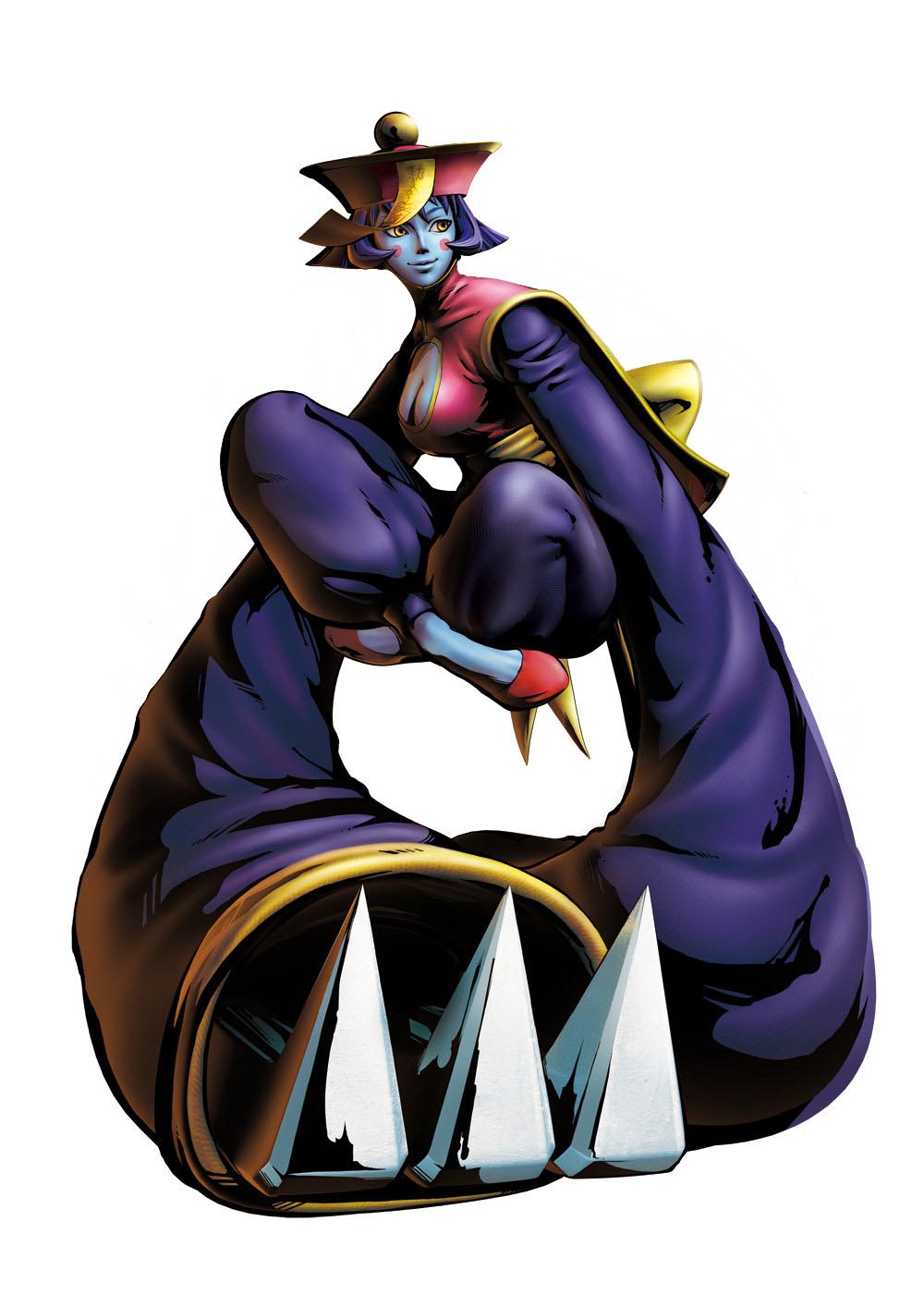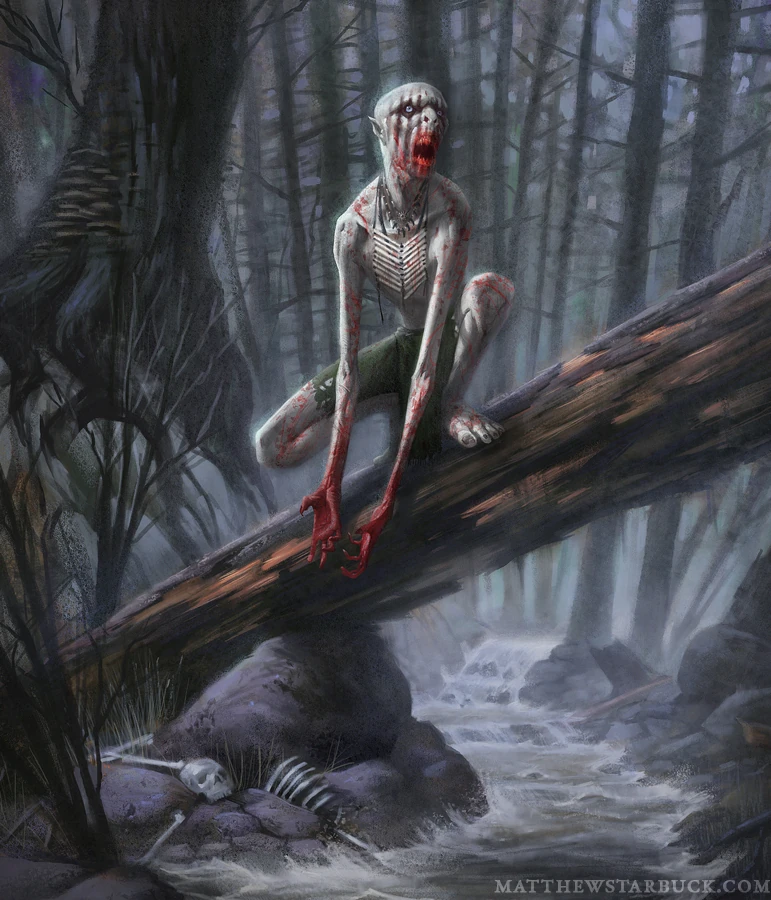I can already hear some people calling out, 'wait, isn't that just a zombie?'. Sort of, they both are considered undead creatures, but I believe the ghoul is more comparable to a wendigo than a zombie. Zombies, by their nature, are mindless. Ghouls have a set desire to eat flesh and will do so in great amounts. Their origins date back to Arabic mythology, mostly the story 'One Thousand and One Nights'. They were evil spirits that wandered the desert, luring in unsuspecting travels to dens to devour them. The word 'ghoul' comes from the colloquial Arabic term for a greedy or gluttonous person. Rather fitting name for such a violent creature.
There has been plenty use of the ghoul in pop culture, sometimes as minions of higher creatures or sometimes actually sentient beings. It tends to flip flop from story to story.
For example, in the 'Castlevania' series, ghouls are simply minions of powerful creatures like vampires. They still retain the traits of eating flesh like crazy and are quite visibly disturbing, with sharpened claws and wide maws. Part of their history says that they are descended from humanity (which can be true in this series), but it is mostly a supplementary moment not really focused on.
I wanted to bring this example up as one of the numerous creatures used more like minion cannon fodder than something more worthwhile. At the very least, I found a few examples that managed to go beyond this and into a few more...creative directions.
Here, we have the manga and anime 'Tokyo Ghoul'. It is an action/horror/ drama series involving creatures called 'ghouls' feeding on humans to survive. The main character, Ken Kaneki, almost gets eaten by one before the ghoul gets crushed under girders. Heavily injured, he ends up surviving thanks to organ transplants from the same ghoul. Ken ends up becoming a ghoul himself and needs to survive that life by eating other people, as normal food would only make him sick.
It is easy to pull out similarties and differences between the original ghoul of Arabic mythos to this one. Both still need to eat humans to survive, though 'Tokyo Ghouls' bring up how normal food wouldn't work out for them. Since they were humans before, they retain their old looks, but now sporting 'red on black' eyes when needing to hunt. They are also much stronger and faster than regular humans, They also possess a unique organ on their back, enabling them to manifest a special limb for fighting and hunting. These range from sprouting wings to attack from long range (Ukaku type), large tentacles for close quarters combat (Rinkaku), a blade that can fight or defend (Koukaku), a tail that is considered the most balanced of the usual four (Bikaku), and a rare type that can manifest armor, but only by consuming other ghouls as well (Kakuja). The manga and anime often revolve around the lives of ghouls and how they try to survive, including times of fighting other ghouls or a human organization called the Commission to Counter Ghouls (which use special equipment from deceased ghouls to fight other ghouls).
If you are a fan of the darker stuff, and need something to replace the finished 'Hellsing' series, then 'Tokyo Ghoul' seems like a good change alternative for you.
Speaking of alternative, ghouls have appeared in the post-apocalyptic game 'Fallout' as both enemies and allies. 'Created' of sorts during the Great War of 2077, they were once humans who were subjected to intense radiation. Not only did they survive, but they managed to live long into the main storyline of the game series, starting in the year of the first 'Fallout' story of 2161. Their skin has mostly decayed, leaving them quite a horrid sight to behold. Still, the same radiation that mutated them can also heal them, as well as providing them with the extended lifespan (as the radiation made them sterile as well).
Ghouls actually appear in two different ways. One is the 'feral ghoul', which has lost its humanity and behave more like animals than actual people. The other are 'civil ghoul', still retaining their intelligence and humanity that enables them to live like they did before. Still, there has been thoughts how civil ghouls could easily turn feral, but I haven't exactly found anything to back that thought up. Because of their nature, ghouls in general are frowned upon by other people.
It is a very interesting take on the ghoul, retaining a lot of its physical features yet trying to add a bit of humanity to them. At least, those that are capable of cognitive thought.
In short, the idea of the 'ghoul' hasn't change as much, just their usage. Sometimes, they are the minions to larger evils of a story. Other times, they are actual people caught in unfortunate circumstances. Either way, their monstrous visage doesn't exactly help people sympathize with their plight (at least on first glance).
Anyway, that's it for October Monster Month. Hopefully, I can think of something else to base an entire month around. We'll just have to wait and see.
Until next time...



















